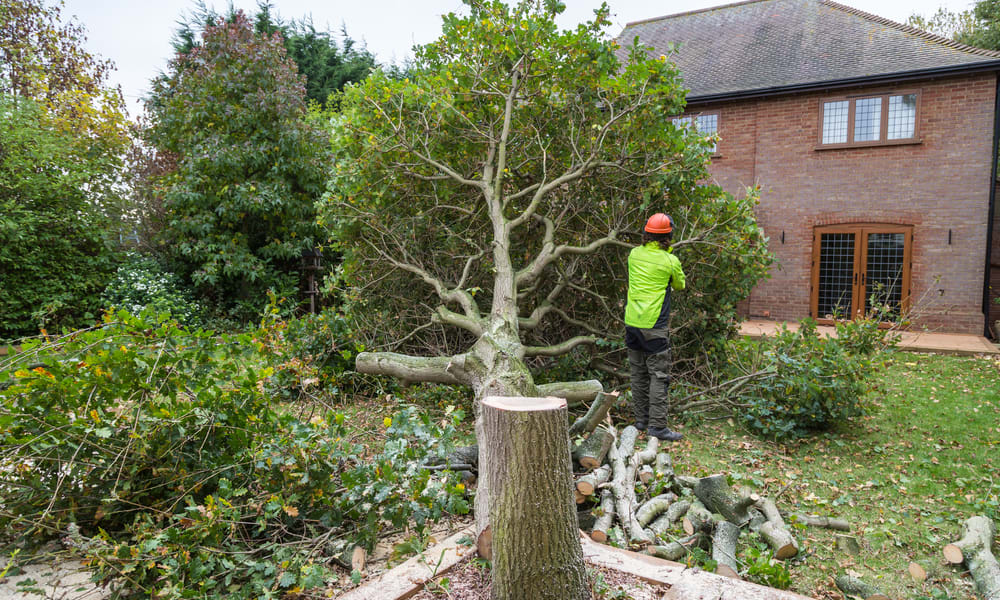Animal Removal: Practical Guide for Urban Wildlife
Removing a wild animal from a home or property requires care, planning, and knowledge of local regulations. This guide explains common approaches to humane animal removal, safety considerations for households, and practical steps to reduce encounters with wildlife in urban areas. Use the information here to understand options and when to involve trained professionals.

What is wildlife removal?
Wildlife removal refers to identifying, safely deterring, or relocating wild animals that have entered human-occupied spaces. The goal is to protect people, property, and the animal’s welfare. Typical issues include animals nesting in attics, accessing crawlspaces, or foraging in yards. Effective removal starts with species identification, assessing risks (e.g., rabies or structural damage), and choosing nonlethal exclusion or capture techniques compliant with local rules.
How are animal removals carried out?
Professional animal removal often follows a sequence: inspection, humane capture or exclusion, site cleanup, and prevention. Technicians inspect entry points and signs of infestation, use species-appropriate traps or one-way exclusion devices, and repair access areas. Sanitation and decontamination reduce disease risks and odor. While some homeowners manage minor issues themselves, complex situations, young or injured animals, and legal protections for certain species typically require licensed local services or wildlife rehabilitators in your area.
How to manage urban wildlife on your property?
Urban environments create attractants—food, shelter, and water—that draw wildlife. Managing urban wildlife focuses on habitat modification: secure trash and compost, remove outdoor pet food, trim trees that allow roof access, and seal foundation or roof gaps. Lighting and noise can discourage some species, but exclusion and sanitation are more reliable long-term solutions. For persistent problems, consult local services experienced with urban ecosystems; they can advise on humane deterrents and city-specific regulations that affect removal options.
How to address a raccoon in the yard?
Raccoons are adaptable omnivores that commonly forage in residential areas. If you encounter a raccoon, do not approach or attempt to handle it—raccoons can carry rabies and other parasites. Remove food sources and secure garbage bins, then observe from a distance to see if the animal leaves. If a raccoon is denning in your attic, trapped indoors, or exhibiting abnormal behavior, contact local animal control or a licensed wildlife removal service. Professionals use exclusion methods or live trapping followed by appropriate relocation or rehabilitation per local laws.
What steps remove a squirrel safely?
Squirrels often enter attics and chimneys or nest near roofs. Safe removal begins with confirming whether young are present—removing a nest with dependent young can be illegal or harmful. For nest removal, wait until juveniles are independent or hire a professional who can temporarily relocate young with the mother’s access restored. Sealing entry points with durable materials and installing chimney caps or soffit repairs prevents re-entry. Avoid DIY live trapping and relocation in areas where it is prohibited; consult local services or rehabilitation centers in your area for guidance.
How to prevent wildlife and animal return?
Prevention combines exclusion, sanitation, and landscape adjustments. Inspect your home seasonally for gaps, install metal flashing or mesh over vents, and keep vegetation trimmed away from the structure. Practice good waste management: use wildlife-resistant containers and limit backyard feeding that attracts animals. Use humane deterrents only as part of an integrated strategy. If problems persist, seek advice from local services that can provide tailored prevention plans and follow regional laws governing wildlife handling and exclusion.
Conclusion
Animal removal in urban settings requires balancing humane treatment, safety, and compliance with local regulations. Identifying species, removing attractants, sealing access points, and using trained professionals when needed reduces conflict and protects both people and animals. Regular maintenance and awareness of seasonal behaviors go a long way toward preventing repeat encounters.






